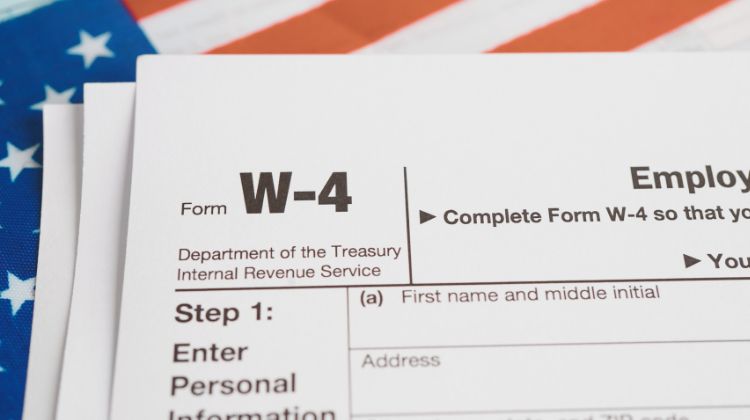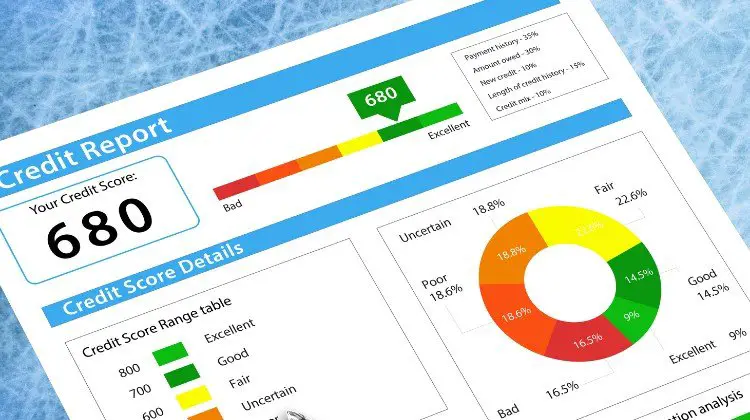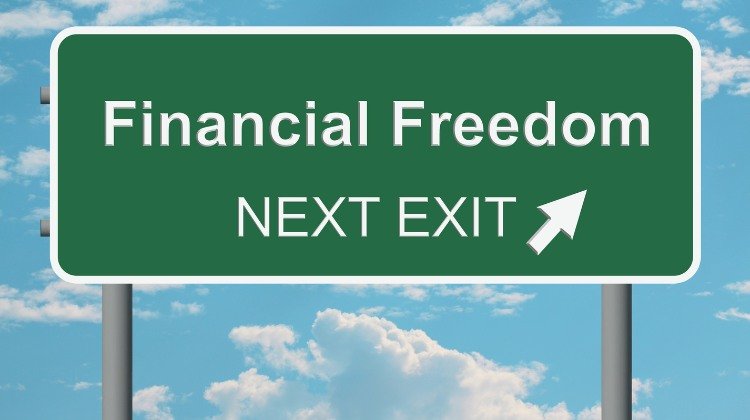Personal finance can feel tricky, especially when dealing with debt. Many people feel overwhelmed considering good debt vs. bad debt. But understanding this difference is essential for building a solid financial foundation.
Table of Contents:
- Debt: The Two Sides of the Coin
- Good Debt: Investing in Your Future
- Bad Debt: Draining Your Resources
- Managing and Conquering Debt
- Conclusion
Debt: The Two Sides of the Coin
Debt isn’t inherently good or bad. It’s a tool, and its value depends on how you use it. This is the core principle of good debt vs. bad debt.
Good Debt: Investing in Your Future
Good debt is an investment in your future. It uses borrowed money to acquire assets that appreciate over time or generate income. A mortgage, while a large sum, lets you build equity, potentially increasing your net worth and is a common form of good debt.
Education, another form of good debt, potentially leads to higher earnings and opens career opportunities. Consider also a small business loan to help with growth that will increase profits. Thus, debt can empower us toward financial goals.
Student loans, despite being daunting, offer a path toward increased earning potential, therefore they are often seen as good debt. An auto loan provides reliable transportation, crucial for many jobs, potentially improving your credit report along the way. Use an auto loan to obtain transport.
Bad Debt: Draining Your Resources
Bad debt has high or variable loan rates and funds depreciating assets like a new smartphone. Excessive credit card spending with high interest rates, often for quick-to-depreciate impulse buys and gadgets, is another culprit. Don’t overspend using business credit cards as this could impact your business credit score negatively.
Frivolous personal loans, funding immediate wants rather than wise investments, also fall into this category. These loans typically have higher interest rates, impacting your financial health negatively.
Payday loans, known for extremely high interest rates, trap borrowers in a cycle of debt. Even good debt, like auto or mortgage loans, becomes bad if monthly payments exceed 10% of your income. Bad debt can spiral, eroding your financial foundation. For those with multiple debt payments, exploring debt consolidation can often lower the overall cost and make it more manageable.
Managing and Conquering Debt
If you’re thinking, “I have these loans, does this still apply?” Absolutely. These financial fundamentals matter for everyone.
Taming the Debt Monster: Strategies and Tools
Managing debt is crucial. Regular student loan payments are good, but high-interest credit card debt needs different tactics.
Explore debt payoff strategies like the snowball or avalanche methods. If feeling overwhelmed, seek help. Non-profit credit counseling offers support, as do organizations providing debt management plans to help build wealth and get your debt costs in order.
Consider opening multiple savings accounts to allocate money for specific financial goals, creating a stronger sense of financial security. Building a safety net with multiple savings accounts will strengthen your financial foundation and enable you to be more proactive with money management.
Beyond Budgeting: Reframing Our Relationship with Debt
If borrowing funds quickly depreciating items, consider it bad debt, especially with high interest. If affordable and used to build wealth or create opportunities, like for your earning potential or a college degree, see it as good debt, prioritizing low interest.
Look at your needs, the debt’s purpose, and other factors like the purchase price when assessing if you might lose money on the purchase of a depreciating asset.
Here’s a table summarizing various debt types:
| Debt Type | Good/Bad | Factors |
|---|---|---|
| Mortgage | Typically good | Builds equity, provides housing security, but excessive borrowing is dangerous. |
| Student Loan | Typically good | Potential for increased earning power, improves career opportunities, but heavy borrowing creates long-term repayment pressures. Seek help from a credit counselor if needed to improve your credit score. |
| Auto Loan | Can be good or bad | Necessary for transportation, improves mobility. Manageable if under 10% of take-home pay, difficult if higher. Having auto insurance is a great way to protect yourself financially if you get into an accident and should be considered as a positive factor towards financial stability. |
| Credit Card Debt | Can be good or bad | Convenient purchases, potential rewards. High interest causes immense difficulty. A balance transfer to a card with a lower annual percentage rate can help consolidate your debt payments and improve your financial situation. |
| Personal Loan | Can be good or bad | Consolidates higher-interest debt, funds home renovations. Frivolous items or high rates cause significant problems. A financial advisor can help assess personal loans, and debt consolidation loans for better rate credit opportunities, especially if debt collection is a concern. |
| Payday Loan | Typically bad | Short-term financial assistance, extremely high interest creates traps. Avoid loans payday that come with exorbitant fees and consider building a robust savings account as a financial buffer against unforeseen expenses instead. |
Conclusion
Understanding good debt vs. bad debt empowers you toward financial security. It may seem complex, but carefully weighing purchases against financial freedom gives you control.
Make smart decisions about borrowing, get life insurance to cover future needs, purchase auto insurance to minimize any accident related impacts, build wealth responsibly, keep your mortgage rate at a manageable level, actively manage your credit report, make well-informed decisions about taking student loans to obtain a college degree, and seek assistance from financial professionals, nonprofit credit counseling, and credit counselors when necessary. These strategies improve your overall financial health and reduce stress about “good debt vs. bad debt” dilemmas.









Reader Interactions